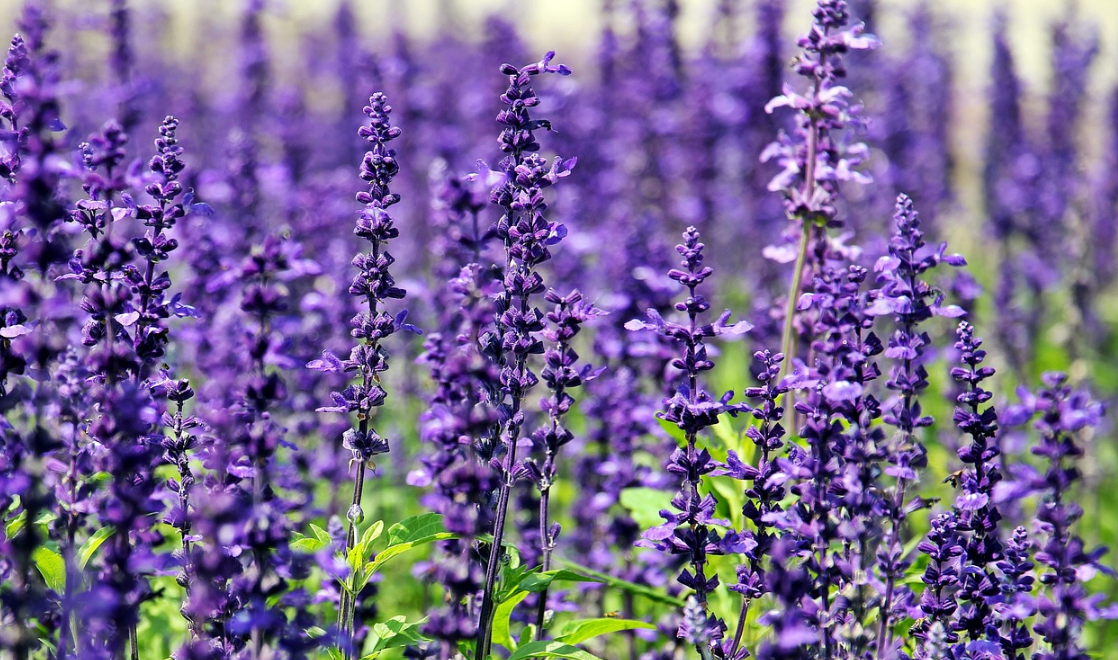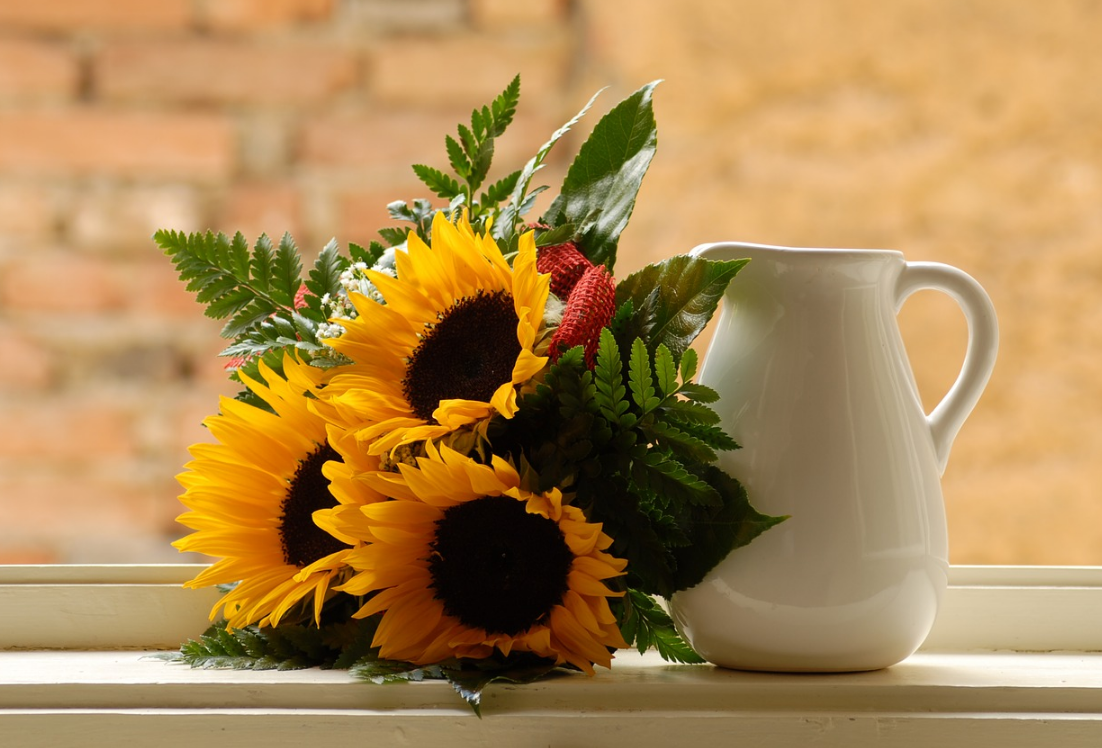Owning a garden has always been seen as the most stressful thing to embark on; probably due to its workload and financial cost of controlling pests. It sounds so interesting to know that nature can take care of itself if given the chance to do so. If your garden seems to weigh you down with its workload or bulky finances, kindly solicit for “help”. Fortunately, the ” help” isn’t far fetched. It comes from the MOTHER NATURE. There are some plants, especially flowers that can be selectly planted in your garden that would help in wading off pests, there by reducing the stress of maintaining your garden and financial cost of pesticides you may have resorted to initially.
Gardeners now engage in biodynamic gardening. This is a process whereby specific plants are planted side by side because of their mutual benefits. This is also applicable to flowers and can be called COMPANION PLANTING. There are certain flowers that can be planted in a garden for natural pest control yet still attractive and aromatic.
Subsequently, gardeners have learnt to plant some specific flowers around their gardens which will either attract beneficial insects or decline harmful insects. Biologically, the best way to keep away invading pests is by planting natural pest controlling plants and flowers.
Below are some pesticide/fighting flowers:
- BORAGE: Although, it has always been seen as herb despite being attractive; it is also a fighting flower. It produces star shaped flowers annually which is used for herbal tea, tinctures and leafy green recipes. Borage flowers only attract beneficial bees which acts as pollinators on the garden. What a wonderful ecological function!
Its flower is highly efficient to fight against pests like Borage deters hornworms and cabbage worms. It also increases plant diseases resistance. Moreover, it has a sprawling nature and could invariably cover the whole garden with no time keeping the whole garden safe from invading pests.
- LAVENDER FLOWERS: It is known for its soft violent leaves and attractive aroma. It can also be used in tea, potpourri, baked goods and frosting. Its attractiveness invites beautiful insects to the garden. It serves as pesticides to moths, whiteflies, mosquitoes and fleas. It also has a rapid noninvasive growth which makes it cover the garden at the right time. Undoubtedly, it also attracts pollinating insects that helps in sustaining the ecological value of the society. Mosquitoes are driven by its pleasant aroma.

- CHRYSANTHEMUMS : These flowers have wonderful flower heads that exist in various appealing colours such as white, pink or yellow. Chrysanthemums are one of the world’s most cultivated flowers. Many florist in Singapore use chrysanthemums because its look great and in various sizes so they can be used in bouquets of different sizes.
Interestingly, they attract a handful of butterflies. These butterflies also add magical colours to the chrysanthemum flowers. Its fighting ability is catalyzed by an active ingredient called PYRETHIN which is used in making pesticides that repel beetles. Its flowers have also been made into tea to serve as a repellant against root nematodes. Apart from this, their flowers grow quickly making them more effective because their effect is felt within a short period of time.
- DAHLIAS: What a beautiful sight to behold is the dahlias flower because it exists in various shapes and colours. This uniqueness makes it distinct among other flowers. The Dahlia flower has really been impressive in repelling invading insects. Still maintaining its attractive nature. It also helps in repelling nematodes thereby making it a beautiful fighting flower.
- FOUR O’Clock: This is a distinguished type of flower which can be poisonous to man, pets and people but also very useful in the garden. It repels beetles by attracting and killing them. What an excellent bait! However, this flower is delicate because it must be planted in safe locations if chosen as a natural pest control method.
- CLOVER: This flower is referred as a soil cover because it grows like grass. Its green, thin cohesive layer covers the soil. There are various types of clovers but the commonly used one is the small green clovers accompanied by tiny pink flowers. When used as cover in garden beds, it has the ability repel pests. It prevents Cabbageworm and aphids when planted around cabbage. It is also a good fighting flower.
- PETUNIAS: Insects such as – aphids, hornworms, Cabbageworms, asparagus beetles, leaf hopper bugs and so on are prone to a vegetable garden. They cause damage to the flowers by boring holes in them making them less attractive.
However, reverse is the case of petunias flower because the aroma or scent of its juicy matter wades off all these insects. Therefore, it serves as a fighting flower to the above insects and it’s highly recommendable for gardeners.
- SUNFLOWER: They are well known for their large flowers. Apart from beautifying the home and flower bouquet, they also attract pollinating insects such as butterflies which is their ecological function as These butterflies they attract also help in adding beauty to the flower garden. In addition, they also help to repel pests such as aphids.

- MARIGOLDS: This is a popular garden flower. It is one of the most preferred and sought for flowers because it is cheap, vibrant and has large Orange hues. It is commonly used in homes and real estate projects. Likewise, it is a very good repelling flower. It fights against invading insects. The French Marigold flower is known for keeping away whiteflies from tomatoes and it also kills bad nematodes. This flower comes in scented and unscented varieties. The scented ones are best used in repelling pests such as bed bugs but as well as it fights against bugs, the scent attracts snails and spider mites.
To keep off pests, snails and spider mites, planting unscented Marigold flowers has been recommended as the best option for homes and gardens.
- NASTURTIUM: This particular set of flowers is mostly planted beside tomatoes and cucumbers. It fights against aphids, whiteflies, squash bugs and cucumber beetles. It also acts as a trap for aphids especially the yellow blooming varieties.
It is a distinct fighting flower.